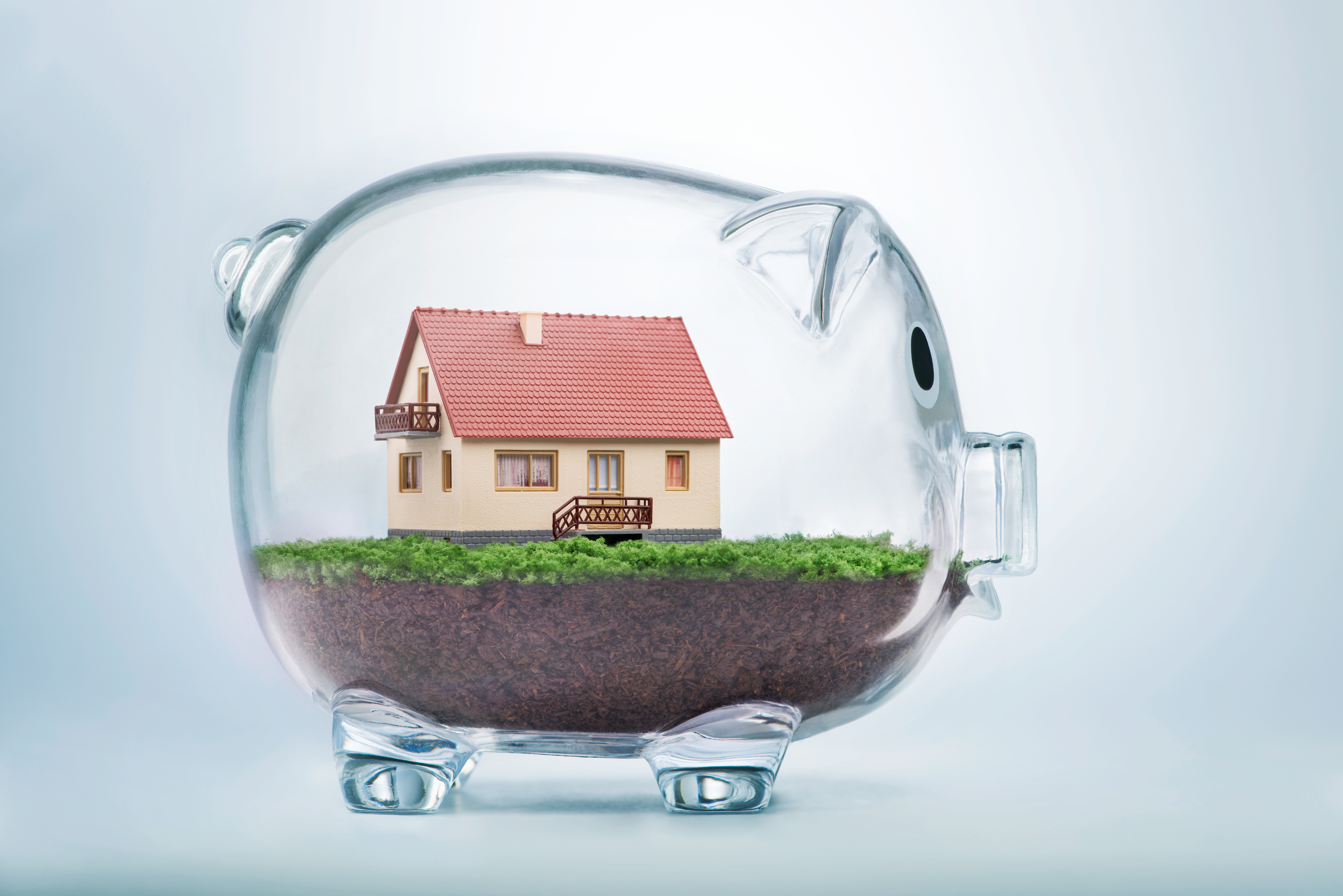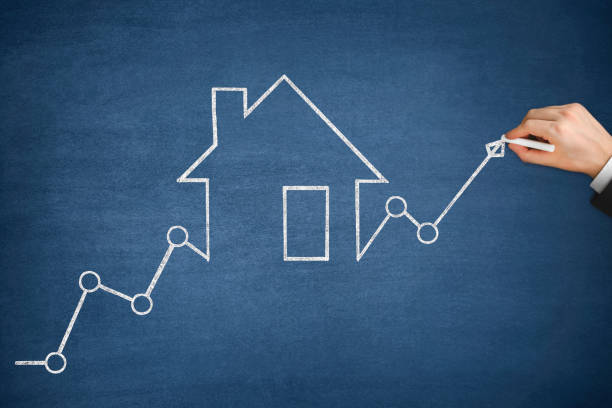15 Most Significant Real-estate Metrics for Traders
Buying real estate may be complicated because there are numerous different methods to assess a lease home expenditure. The great thing is that metrics to evaluate property are really easy to use, and each and every one provides useful information and facts on the investor.
Here's a look at the 15 most important real estate metrics for leasing home traders to work with in their organization.
Why Real Estate Property Metrics Issue
All real estate property metrics are important, however some much more than the others based on your investment approach and strategy.
When you're inspecting possible ventures, you might pay more attention to the capitalization rate as well as the gross lease multiplier. Once the home is rented and converted onto a preferred community property administrator, cash flow and occupancy/vacancy ratios might matter far more.
Whether you're completely new on the business or curently have a number of leasing qualities beneath your belt, allow me to share the 15 most essential real-estate metrics every entrepreneur should know.

1. Income
You've probably listened to the old saying that cash is king, and that's absolutely accurate on the planet of investment real-estate. Cashflow is funds you may have left over following the calendar month, as soon as all of the charges happen to be compensated. Should your month-to-month leasing income is $1,500 along with your charges full $1,200, your cash flow is $300 per month.
Cashflow = Full Income – Full Bills
2. Funds on Money Profit
Cash on cash (CoC) come back compares the cash you obtain for each and every $ invested. The bucks on income give back metric will take under consideration all of your working costs, including your home loan.
To compute CoC come back, simply divide the money you receive annually with the full money invested. For example, if you financed a leasing house making use of a down payment of $25,000 and acquired $3,600 in money each and every year, your cash on income profit will be .144 or 14.4%.
Funds on Funds Profit = Funds Gotten / Funds Put in
3. Gross Operating Cash flow
Gross working cash flow (GOI) is calculated by subtracting calculated vacancy and credit deficits out of your overall possible hire earnings, then including other types of earnings.
Let's work with a tiny 3-unit multifamily residence as one example. If each device rents for $1000 per month, the complete possible revenue is $36,000 per year. Supposing a vacancy rate of 8%, the efficient lease revenue will be $33,120 ($36,000 x 8% vacancy decrease = $2,880).
Add more in miscellaneous income like $100 gotten every month from coin-controlled laundry washing, plus your GOI is $34,320.
Gross Functioning Cash flow = (Full Potential Cash flow – Vacancy Allowance) + Various Revenue
4. Functioning Costs Rate
The functioning costs percentage (OER) signifies how good expenditures are being maintained when compared to cash flow becoming received. To determine OER, separate your running expenses from the property's functioning earnings.
If your home's operating costs are $14,400 a year as well as the once-a-year gross working cash flow (GOI) is $18,000, the OER is 80%. In other words, 80Percent of your respective revenue will be utilized to spend functioning expenses along with the home loan.
If at all possible, the OER should continue to be the identical or drop after a while. In the event the functioning cost proportion improves, it indicates the hire is just not increasing fast enough to suit greater expenses. On the other hand, if the OER rate lessens, it's an indication that the home is being efficiently managed.
Functioning Cost Ratio = Functioning Expenditures / Gross Operating Earnings
5. NOI
Web running income (NOI) steps what amount of cash the property tends to make all things considered functioning costs are compensated, with the exception of the mortgage loan. Debts service and home loan payments are excluded through the NOI calculation since investors can make use of distinct amounts of influence, obtain financial loans various bank loan terminology, or purchase a house all in cash.
When a solitary-family lease property produces an annual gross functioning income (GOI) $18,000 as well as the running expenses (not including the house loan) are $8,500, the NOI is $9,500.
NOI = Gross Working Income (GOI) – Running Expenditures (excluding personal debt assistance)
6. Capitalization Rate
Capitalization level – best known merely since the cap level – estimations the potential return of any hire home by splitting up the NOI from the residence market price or charge. Simply because cover costs range between industry to market for a similar residence, the capitalization price working out should only be utilized to compare related components from the same industry or area.
The cover rate formula can also be used to estimate exactly what the market value of the hire home is founded on the NOI and market cap rate, and to estimate what the NOI should be in line with the property value or selling price and industry limit amount. As an example, in case the NOI of your property is $9,500 along with the transaction price is $158,333 the cap rates are .06 or 6Percent.
Cover Level = NOI / Property Charge or Worth
NOI = Residence Price or Worth by Cover Price
Residence Worth or Cost = NOI / Cap Level
7. IRR
Inside price of come back (IRR) – also called annualized profit - steps a leasing property's possible profitability by considering purchase cost and income profits, varying funds runs during the entire retaining period, and discounting to the time value of cash (TVM).
In easy phrases, TVM means that a dollar obtained nowadays is definitely worth greater than a $ received later on. Generally, the better the IRR of your hire house is the more appealing it can be to acquire, the rest simply being equal.
The following is precisely what the IRR formula appears like, as published by the company Financing Institute (CFI):
Luckily, there are actually easier ways to estimate the IRR of any rental residence:
IRR Calculator.world wide web has an online calculator for determining the IRR.

Roof top supply Cloud residence Calculator is a simple technique for traders wholesaling properties to calculate crucial real estate property metrics such as IRR, cash flow, funds on funds give back, and limit rate for just about any one-family members hire home in the United states, even if the residence isn't being used like a hire.
8. Lease/Charge
The hire/expense percentage is an easy “back in the napkin” calculation that buyers of one-household houses and modest multifamily qualities may use to limit a list of possible leasing residence investments.
Nonetheless, much like the limit price working out, the rent payments/cost calculations should only be employed to compare comparable qualities from the exact same market or area.
For example, in case the rent from one-household residence in a area using a 3-celebrity score is $1,200 per month and also the property cost is $114,000, the hire/charge percentage is .010 or 1Per cent.
Rent/Cost = Month-to-month Rent payments / Home Value
9. 50Percent Tip
The 50Per cent principle can be another quick and easy working out property brokers use to quote just what the normal operating expenses of a residence should be, not including the mortgage payment. Operating bills include things including renting and house management costs, repairs and servicing, and property taxes and insurance plan.
In case a house creates a lease of $1,200 per month the regular monthly operating expenditures must be about $600, in accordance with the 50% tip.
Working Bills = Regular monthly Hire (Operating Cash flow) by 50%
10. 70% Guideline
The 70Percent rule is used for attributes that need a significant amount of upgrading, by fix-and-turn real estate property traders, and also by real estate property wholesale suppliers.
Traders make use of the 70% rule to ascertain the optimum allowable provide (MAO) cost to supply according to rehab expenditures as well as the property's estimated after maintenance benefit (ARV).
For instance, if rehab bills are $30,000 and also the predicted ARV is $165,000, the MAO is $85,500.
Greatest Allowed Cost = (After Restoration Value by 70Percent) – Rehab Charges
11. GRM
Gross rent multiplier (GRM) can be used by leasing property investors to quote property benefit. GRM is measured by splitting up your property benefit or selling price with the once-a-year gross rental income your home provides.
The gross rental multiplier formula is not going to factor in running expenditures or rental cash flow misplaced to vacancy. If a residence rents for $1,200 a month (or $14,400 each year) along with the house cost is $114,000, the GRM is 7.92.
Gross Rent payments Multiplier = House Worth / Once-a-year how to wholesale property Gross Lease Cash flow
12. LTV
Loan to importance (LTV) rate is really a real-estate metric and investors and creditors use to calculate the quantity of leverage or financial debt when a leasing home is financed.
Even though some real estate property buyers try to make as modest of a down payment as you can, property funded using a great LTV can have bad income if working bills are higher than estimated or vacancy times are lengthier.
Typically of thumb, each financial institutions and lease property investors anticipate a payment in advance of 25Percent from the buy value, creating an LTV of 75Per cent. As an example, if your residence features a obtain value of $150,000 and also the buyer makes a $40,000 downpayment, the LTV would be 73.3%.
Loan to Importance = Amount Borrowed / Property Price
13. DSCR
Debts service insurance coverage percentage (DSCR) compares the functioning cash flow a rental residence provides on the overall amount of debt. DSCR is calculated by dividing the property's world wide web operating revenue (NOI) by the house payment.
The larger the DSCR is, the better earnings there is available to cover working bills and vacancy intervals which are beyond anticipated.
In case a home's NOI is $9,500 as well as the once-a-year mortgage payment (P&I) is $5,712, the DSCR is 1.67. Most loan providers demand a DSCR of no less than 1.25 prior to a loan by using an expense house in order to supply the best interest rates and phrases to rental house traders.
Debts Services Protection Proportion = Net Working Cash flow / House Payment
14. Vacancy
Vacancy rate is calculated by splitting up the quantity of time a leasing residence is unfilled from the 365 days and nights during. As an example, if this requires three weeks to help make improvements, industry a vacant home for rent, display screen a new renter and signal the hire, the vacancy price can be 5.8Per cent.
Most real estate investors work with a ‘standard' vacancy level of between 5Percent - 10%, the same thing as declaring a residence will probably be vacant for between 18 - 37 days and nights from the time the previous renter foliage for the time a fresh renter goes in.
Vacancy Level = Number of Days Empty / 365 Times a year
15. Depreciation
Depreciation can be a non-money expense real estate investors use to reduce taxable internet revenue.
The IRS enables non commercial leasing homeowners to depreciate the price of a home (excluding the property charge) over a duration of 27.five years. That means in the event the residence price of the construction and improvements is $140,000, a trader are able to use a devaluation cost of $5,091 each and every year to counteract taxable net revenue.
Depreciation Expense = Residence Importance (excluding property) / 27.five-years
